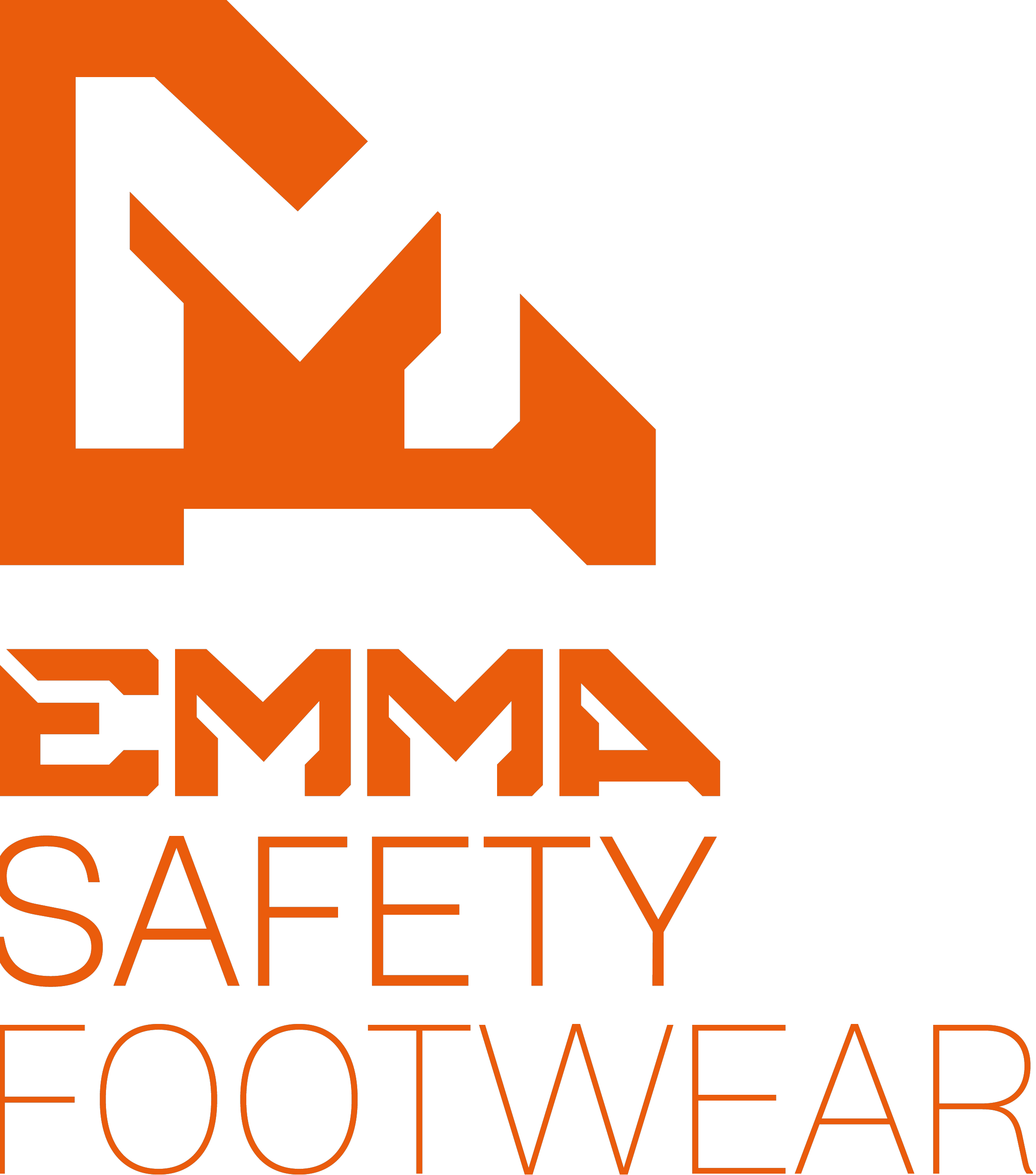New in our collection: Orthopaedic safety shoe
8 September 2016A fully ISO certified orthopaedic safety shoe (in accordance with the European standard EN ISO 20345:2011).
Previously, Emma did not have this special (and therefore costly) shoe in its collection. However, recently this has changed. We do not produce the entire shoe ourselves, but we do supply many of our own materials (leather, rubber sole, inner soles, lining, eyelets, etc.). However, we leave the orthopaedic craftsmanship to external specialists.
We also have some good news: the first orders for this shoe, marked with the Emma label, have already been placed. The market for this special shoe is quite small: in the Netherlands it concerns approximately 1 percent of the people wearing safety shoes. To clarify: circa 90 percent of the time, a safety shoe in two to three width measurements (which Emma carries in its collection) suffices. For 9 percent, a minor to moderate adjustment is needed, often by means of adjusted support soles (which Emma also carries). For the other one percent, it is necessary to have a fully certified orthopaedic safety shoe fitted. Now, Emma is also able to supply this type of shoe. As said before, Safety for Everybody…
If you would like to know more about this fully ISO Emma certified orthopaedic safety shoe, please watch the 7-minute video compiled by our Marketing Department.
More about orthopaedics






